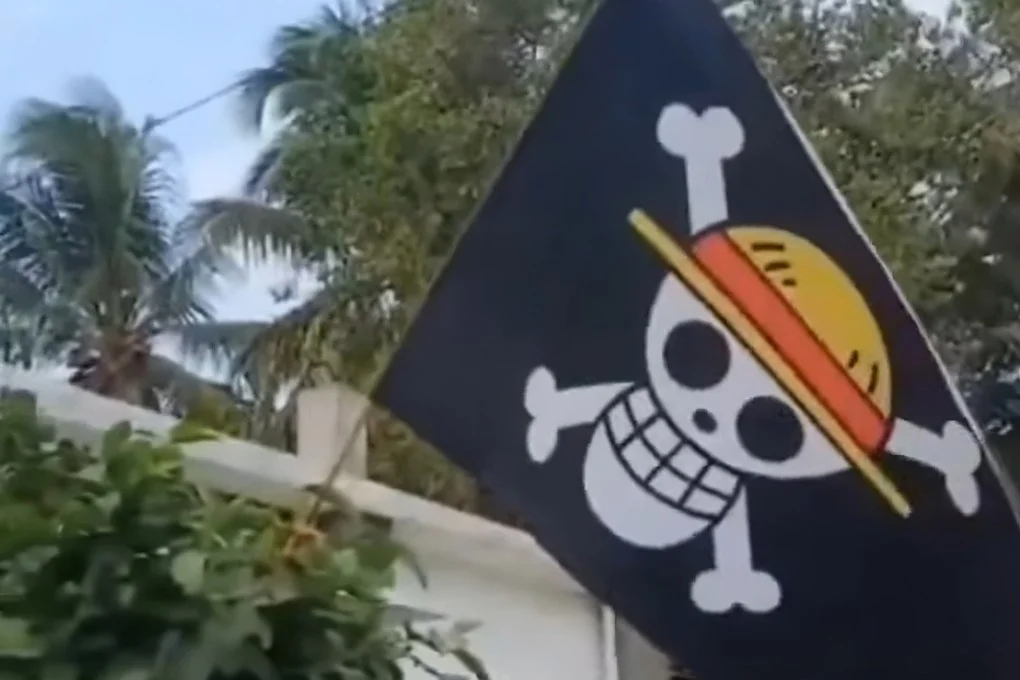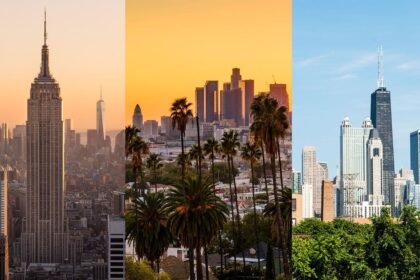One Piece Flags in Indonesia Spark Nationwide Protest Symbolism
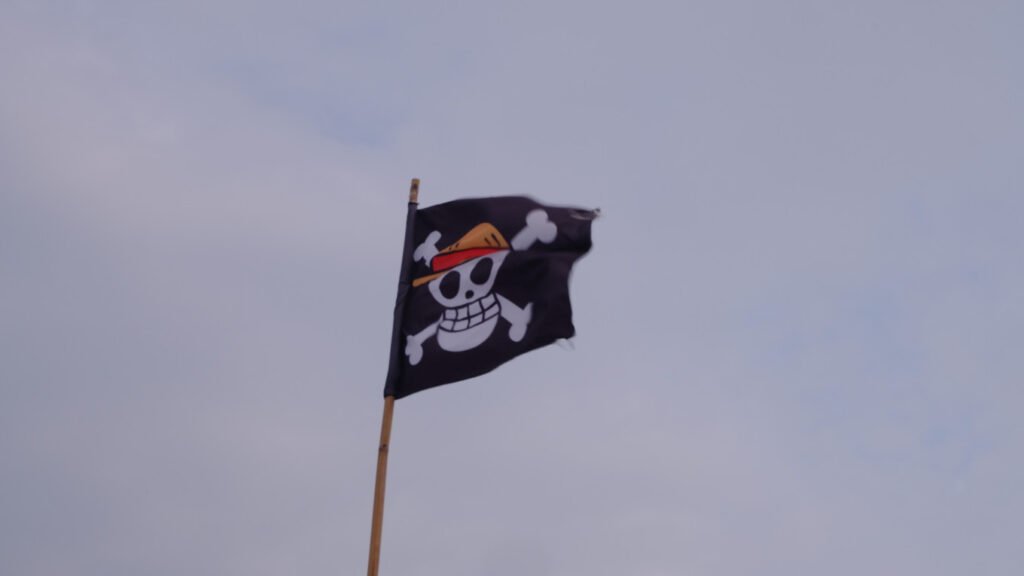
One Piece flags in Indonesia are becoming powerful symbols of political resistance. In a surprising turn, the iconic skull-and-straw-hat emblem from the beloved anime has been adopted across the country as a silent protest. As Independence Day nears, black pirate flags are replacing the national red and white on streets, reflecting growing unrest over President Prabowo Subianto’s centralisation policies.
How One Piece Protest Flags Turn Anime Symbols into Activist Icons
The straw-hatted skull, known as the Jolly Roger, represents freedom and rebellion in the One Piece universe. But for many Indonesians, it now also represents dissatisfaction with national leadership. Across cities and provinces, these fictional pirate flags have appeared in car windows, painted murals, shop fronts, and even rural homes.
For many, this unexpected form of expression is rooted in real frustration. Rather than responding to calls from the president to fly the national flag, some have raised the One Piece symbol as a peaceful yet pointed rejection of the government’s recent direction.
Indonesia’s Protest Flags Offer Creative Resistance to Centralisation
President Prabowo recently urged citizens to proudly display Indonesia’s red and white flag in honor of independence. While many have complied, others have chosen to fly One Piece flags instead — suggesting their loyalty to the country remains, but their trust in its leadership is wavering.
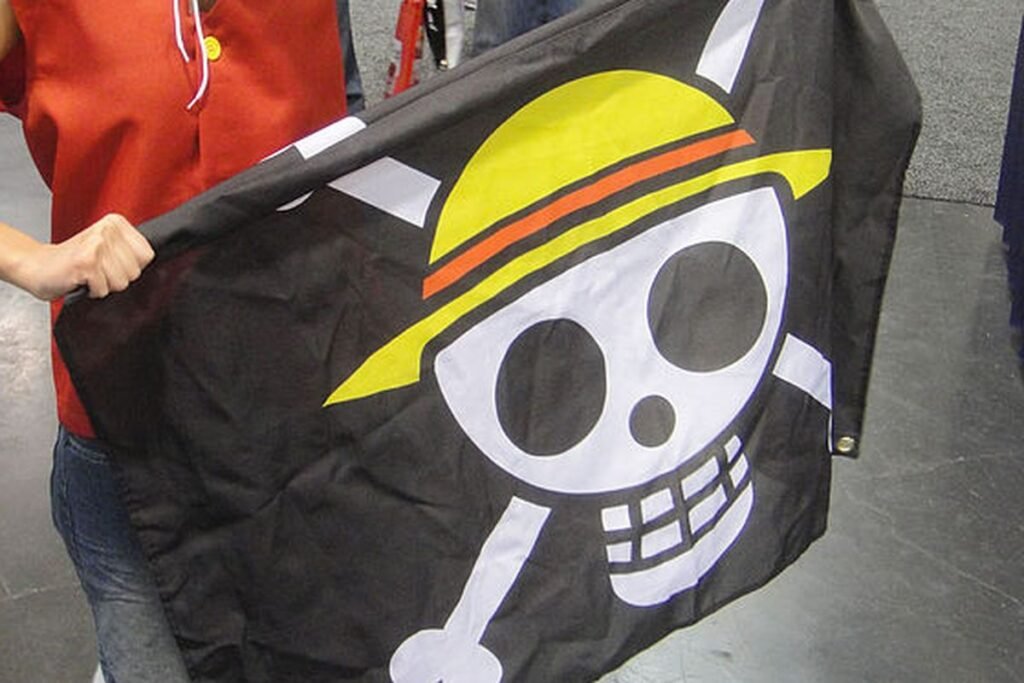
“To me, raising the Jolly Roger isn’t anti-national,” said Ali Maulana, a resident of Papua. “It’s a way of showing love for the country while questioning whether we’re truly free.”
Maulana and others believe that the rise in One Piece protest Indonesia flags is a reaction not just to one speech, but to a growing sense of political disillusionment.
Surging Demand for One Piece Protest Flags in Indonesia
Dendi Christanto, who runs a clothing store in Central Java, says demand for the flags has exploded since late July. “We’ve received thousands of orders from all over Indonesia,” he shared. What began as a niche item has now become a viral protest tool — and a best-seller.
This surge highlights just how deeply this symbol has resonated with the public. It’s not just anime fans buying the flags — it’s young voters, middle-aged citizens, and long-time political observers alike.
Indonesia Officials Divided Over One Piece Flag Protests
While some officials have condemned the movement as divisive or even “treasonous,” others have taken a more measured stance. Deputy Home Affairs Minister Bima Arya Sugiarto acknowledged that symbolic protests are a natural feature of democracy.
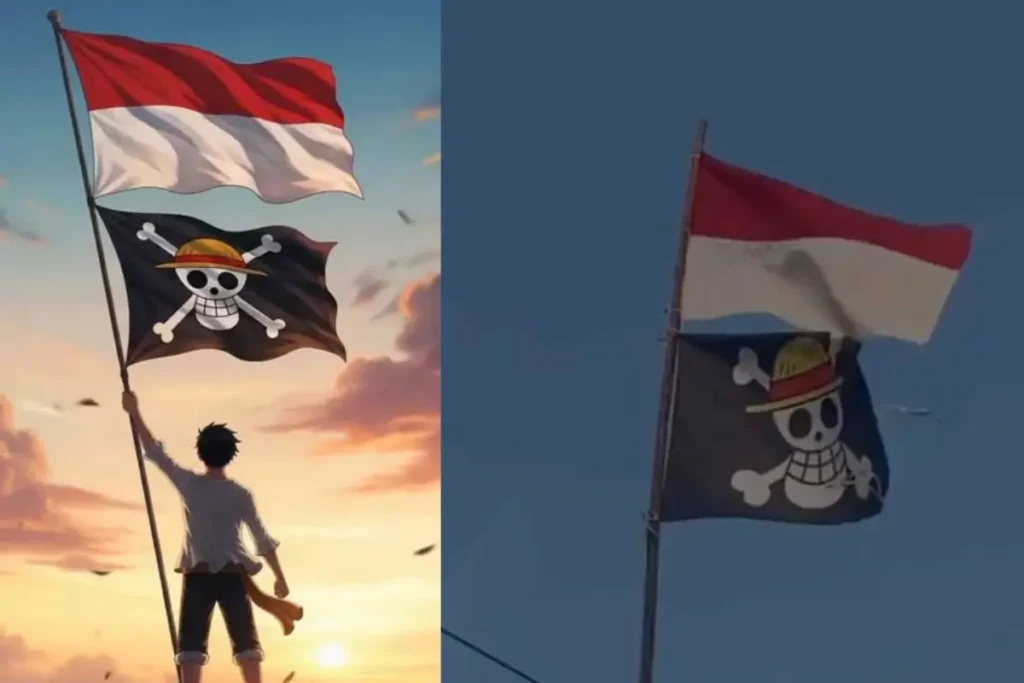
“This is a healthier alternative to street protests,” said Deddy Yevri Sitorus, a member of the opposition. “If young people want to express dissent through cartoons, let them.”
The government’s mixed response reveals tension between maintaining national unity and respecting democratic freedoms. Some politicians argue the pirate flags challenge patriotism, while others see them as harmless — even insightful — commentary on the nation’s current political climate.
Is the One Piece Pirate Flag Protest a National Security Threat in Indonesia?
Some lawmakers have suggested that flying fictional flags like the Jolly Roger is a threat to national stability. The Indonesian police have even issued statements that they are “monitoring” public displays of unofficial symbols.
However, there is currently no law banning fictional flags unless flown improperly alongside national ones. The only requirement is that the red-and-white flag must always be positioned higher.
Critics argue that treating the flag as a threat only validates the protest’s message. “When the government reacts so strongly to a cartoon flag, it’s a sign that the symbol has struck a nerve,” wrote one commentator online.
One Piece Flags in Indonesia: Symbolism, Not Sedition
For those taking part, the protest is not about rebellion but representation. Monkey D. Luffy, the One Piece protagonist, stands for freedom, loyalty, and justice — values many Indonesians feel are increasingly under threat.
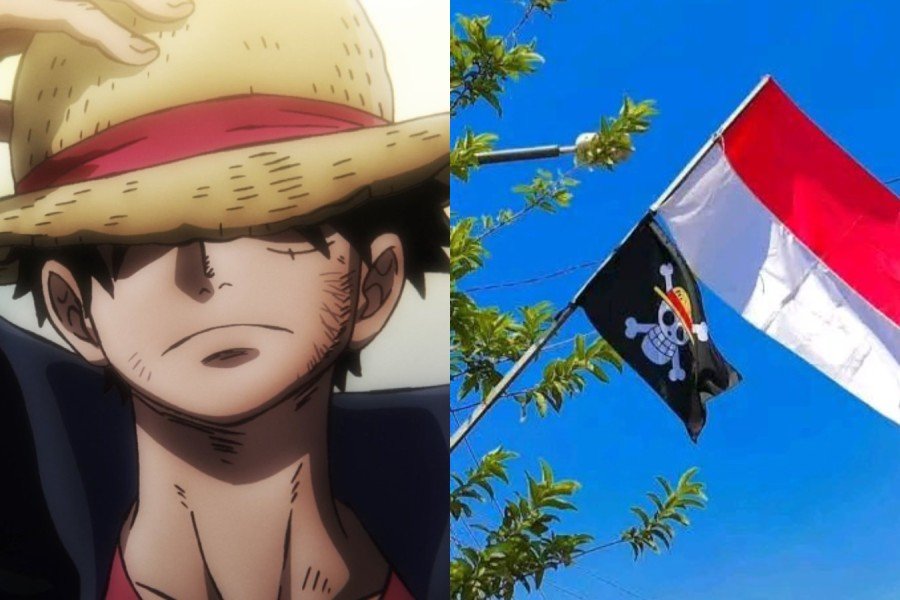
By adopting his emblem, citizens are tapping into a global pop culture icon to express local frustrations. It’s a rare instance where anime fandom and political activism intersect, creating a potent form of peaceful protest.
As researcher Dominique Nicky Fahrizal put it, “This movement is creative, non-violent, and highly symbolic. It gives young Indonesians a voice in a language they understand — and that makes it powerful.”
The Future of Protest in Indonesia
Indonesia’s democracy, while one of the world’s largest, is still young. The emergence of the One Piece protest Indonesia movement reflects the evolving nature of political expression in the country. Rather than relying on marches or demonstrations, young Indonesians are using pop culture as a mirror to challenge power.
And while the red-and-white flag remains a revered national symbol, the rising popularity of the Jolly Roger underscores a deeper truth: many Indonesians are ready for a new conversation about what freedom, independence, and national pride truly mean.
